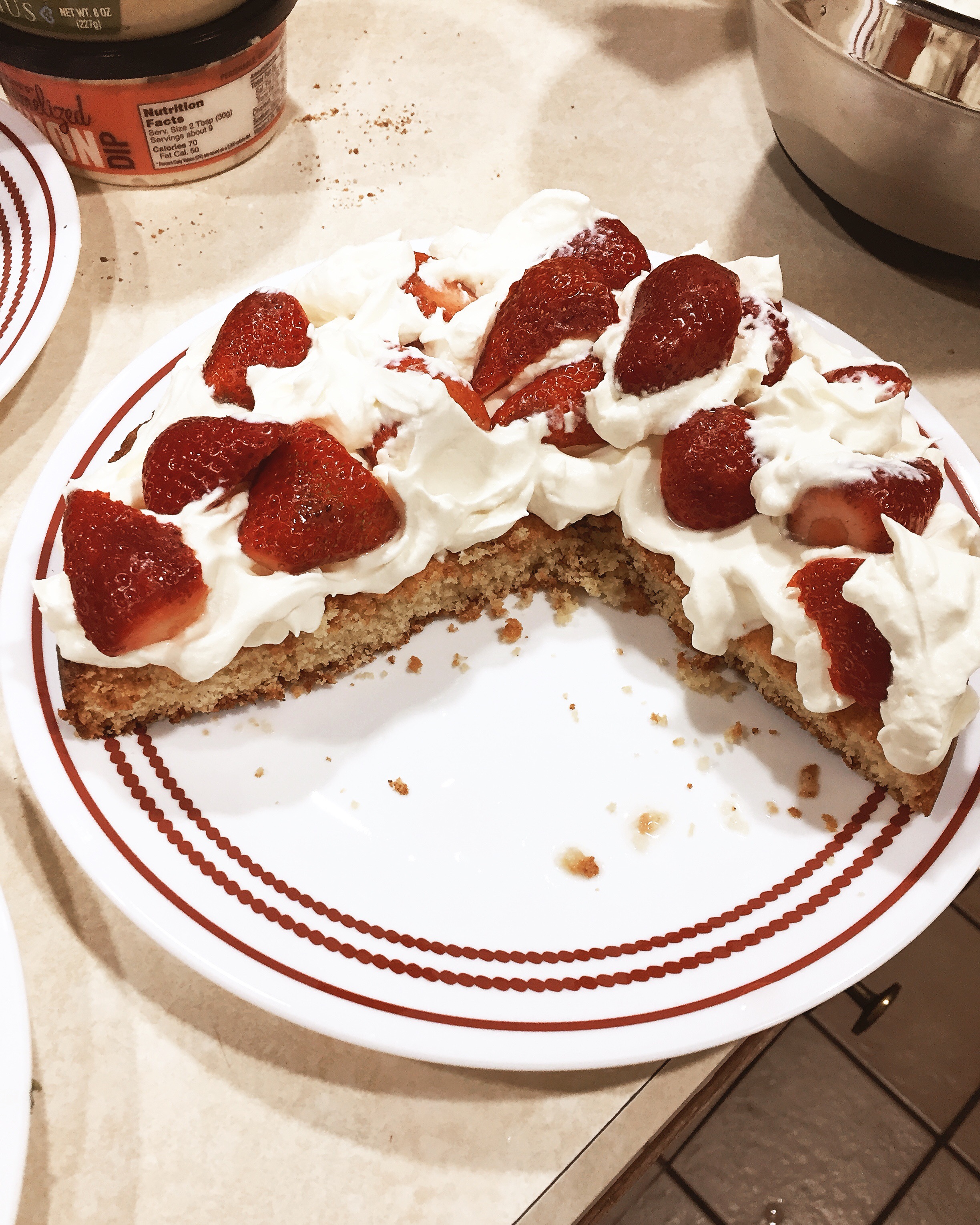In And All is Always Now, there's a minor, yet critical character, a Dr. Eriksson, who is a physicist, who cites proof for the conventional wisdom of Time marching steadily forward. But Florence and Lance have a good deal of evidence that this notion of Time might not be accurate.
Indeed they start to believe that the Past, Present and Future all coexist - thereby giving the novel its name 'And All is Always Now,' (as quoted from a line in a poem by T.S. Eliot) - but if this is true, what implications do you think this might have on "free will"? Wouldn't it mean, perhaps, that everything already exists, implying that our choices would not be instrumental in making things happen?
Furthermore, if instead we choose to believe, as Dr. Erikkson does, that Time marches forward, might we only believe this as it provides us with some sense of order and therefore comfort? Might it prevent us from, as happened to Florence, getting "lost in Time" just as many of us get lost in space?
I believe though, as postulated by Florence's best friend Anna, that there is one very extraordinary indication in a most unlikely place, that Time might not just be marching forward with every tick of the clock. This can be found in the story of Creation in Genesis which speaks of how the world was created in seven days, but that the sun and the moon, which define day from night, were not created until the fourth day. So, if this is the case, how do you think Time was measured before the fourth day?
Please feel free to air your thoughts on Time, this most intriguing topic...






